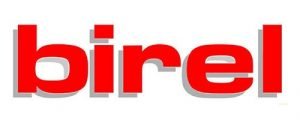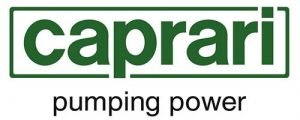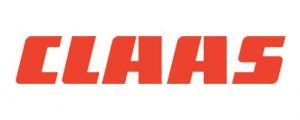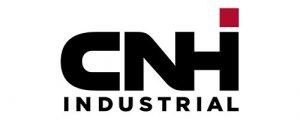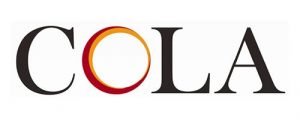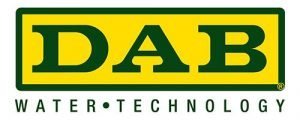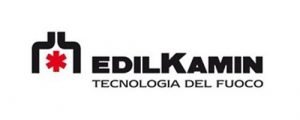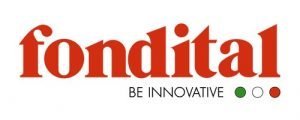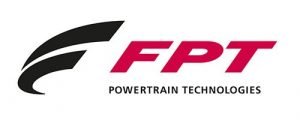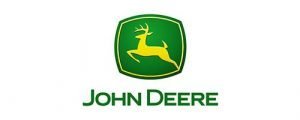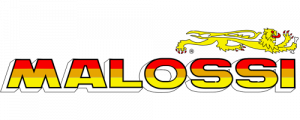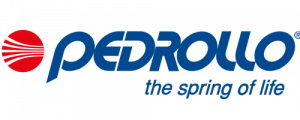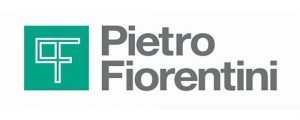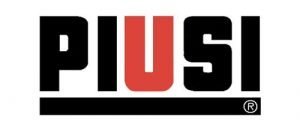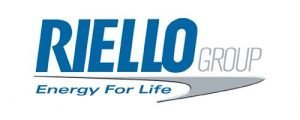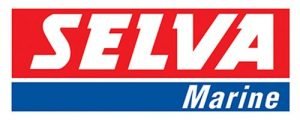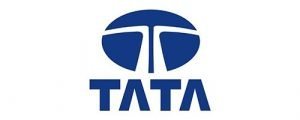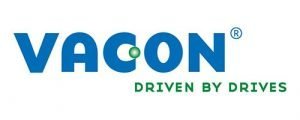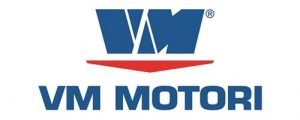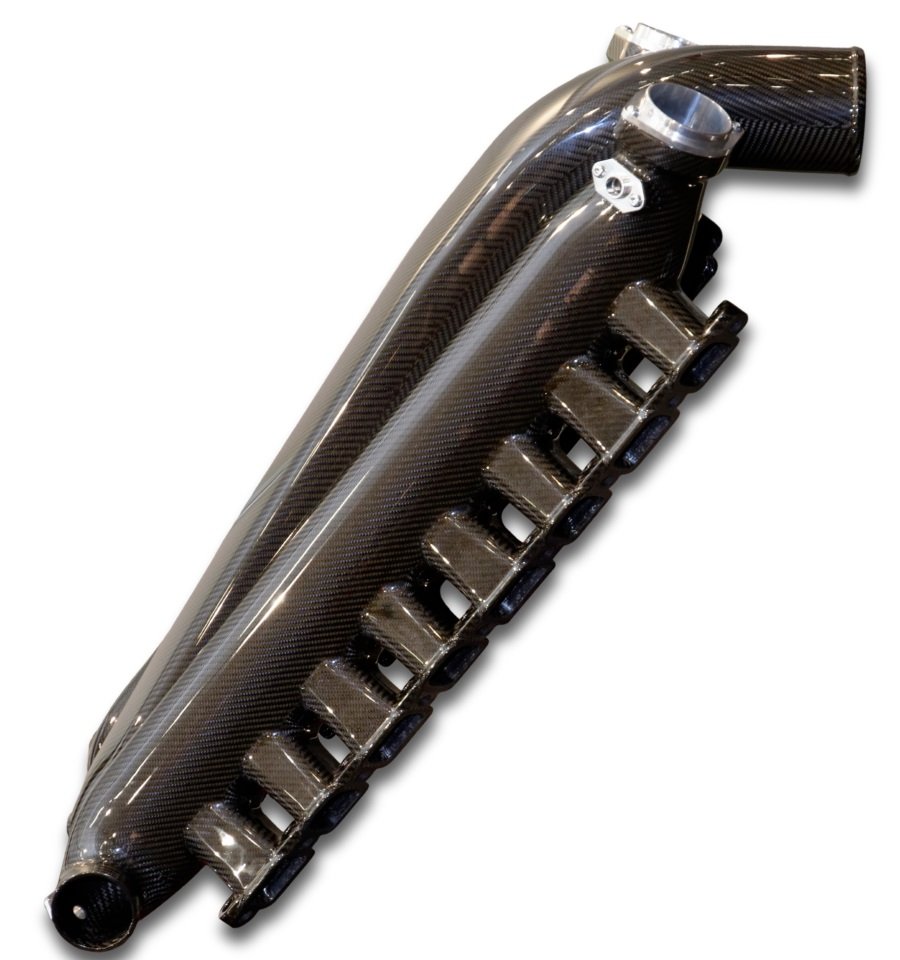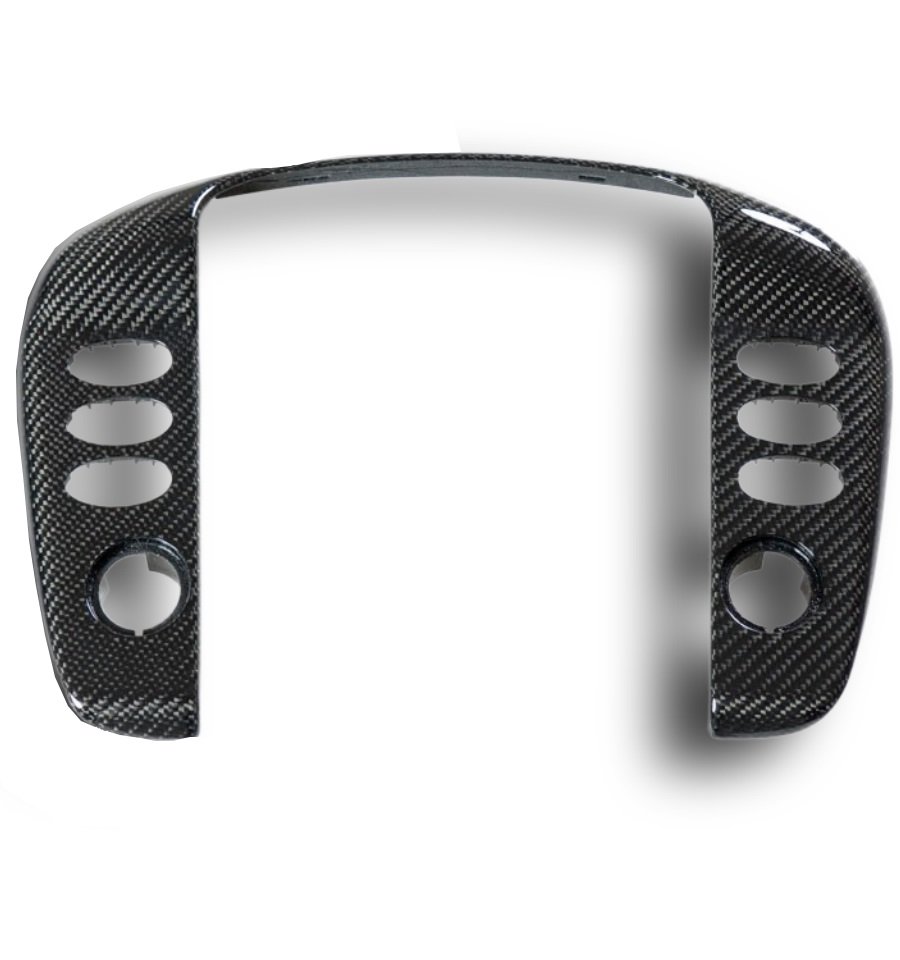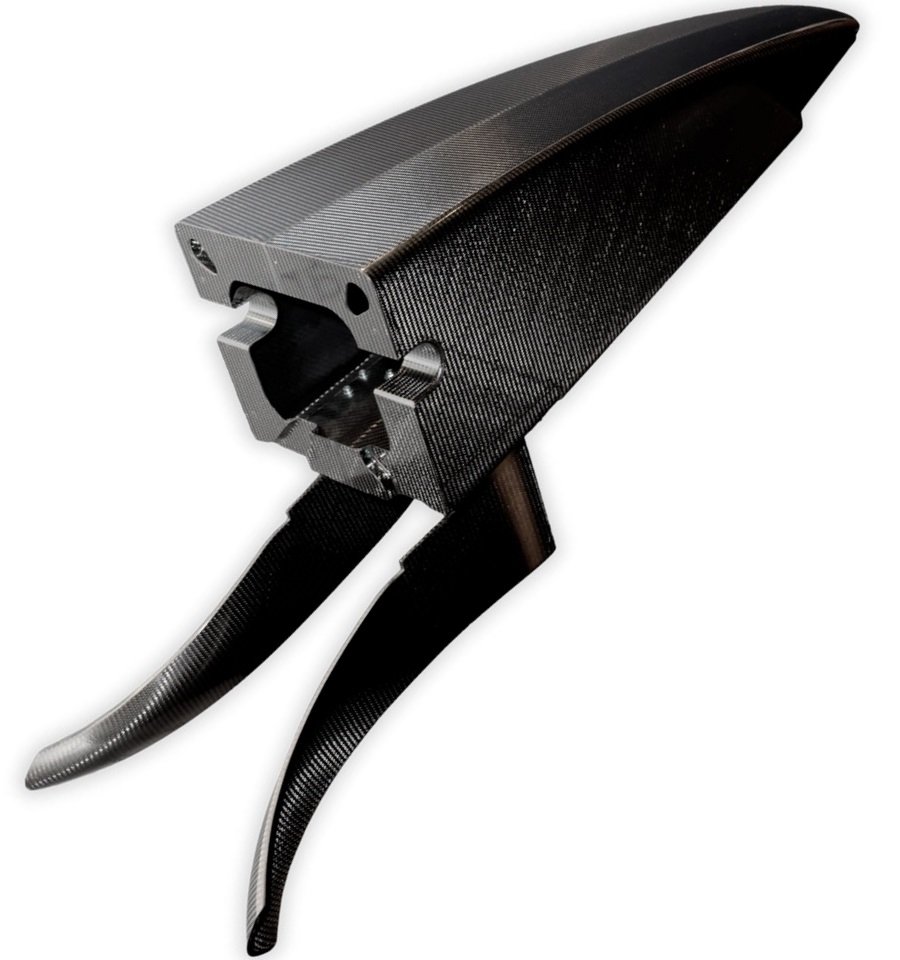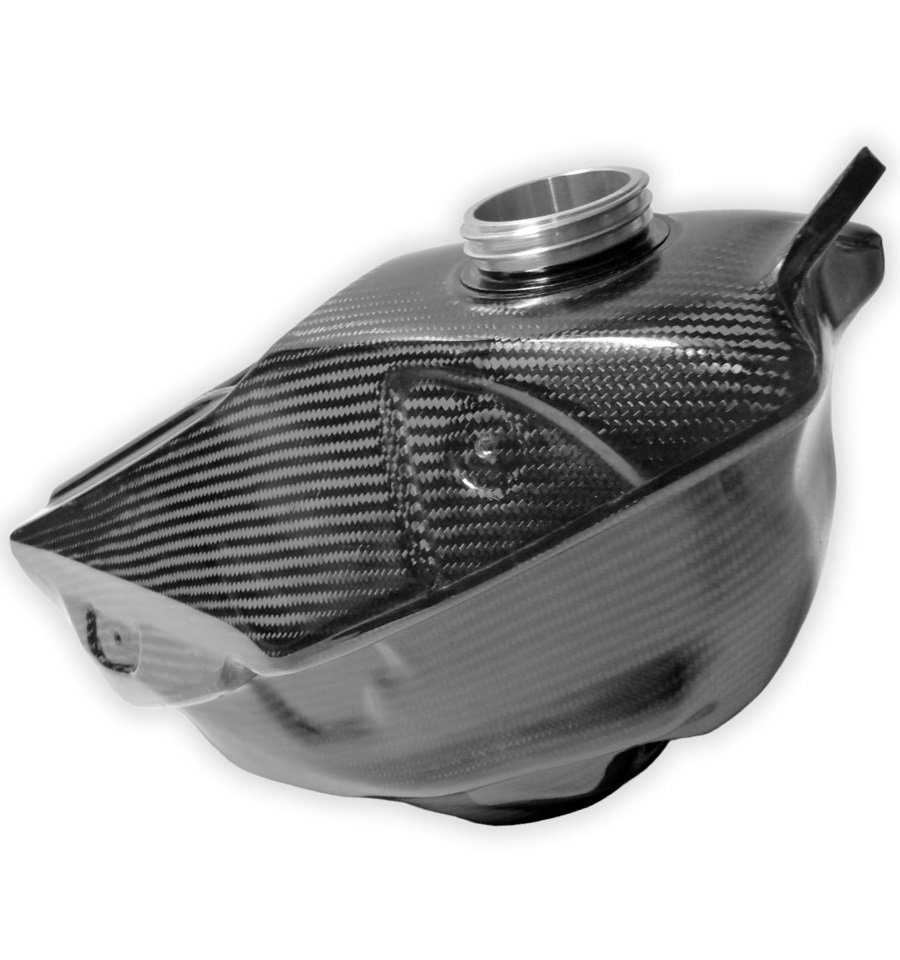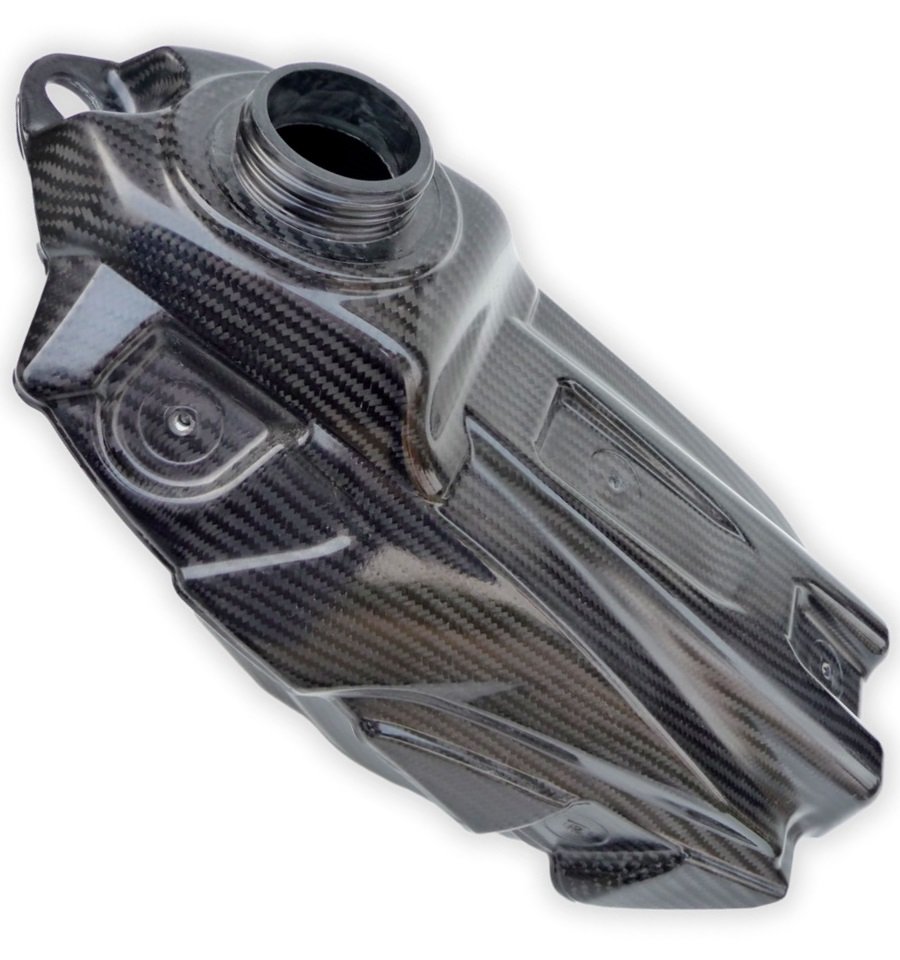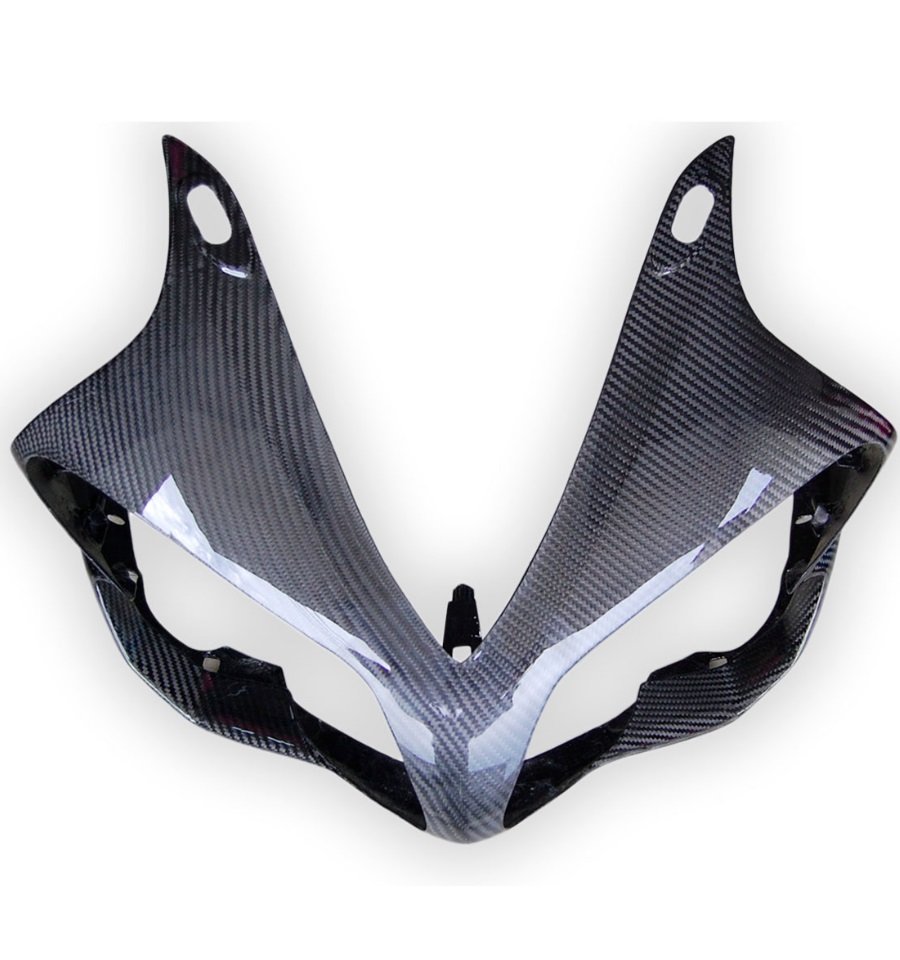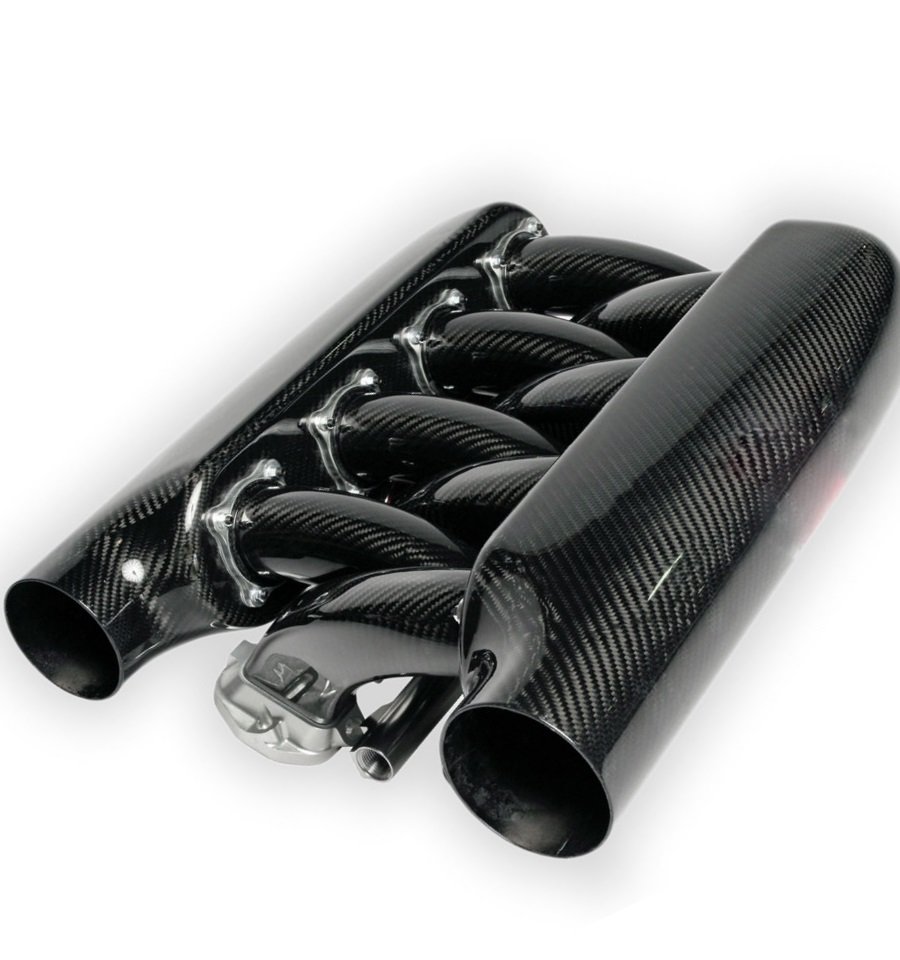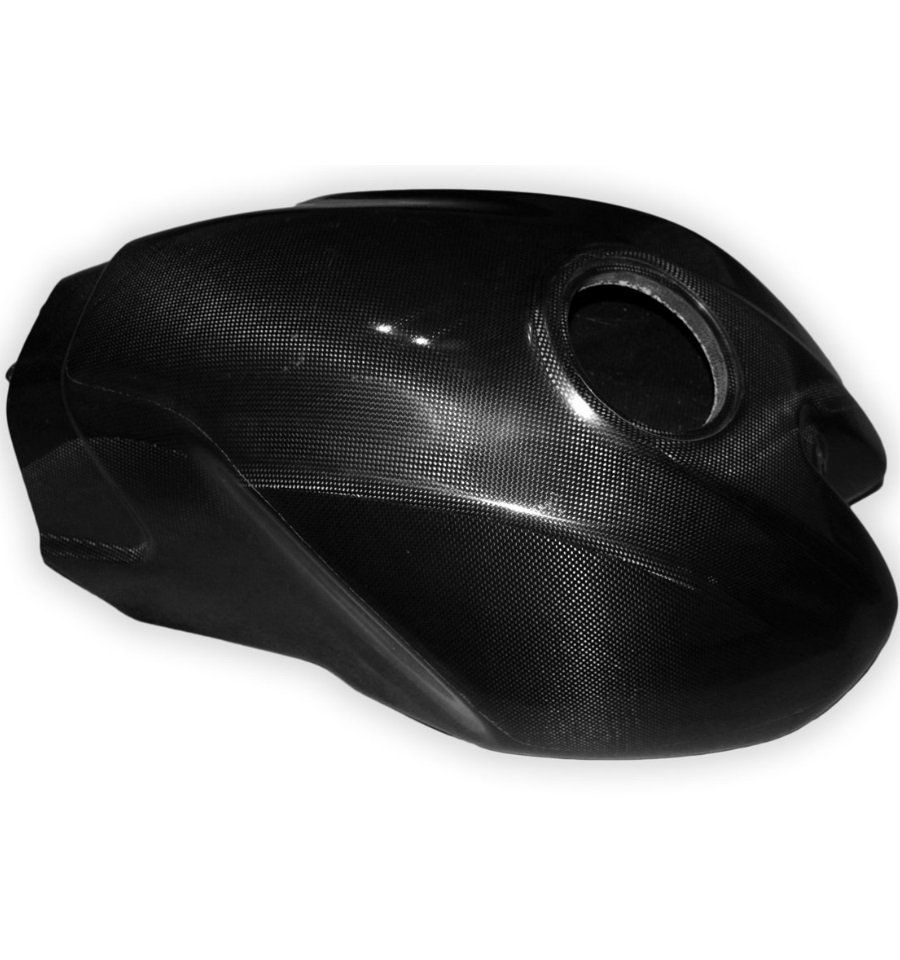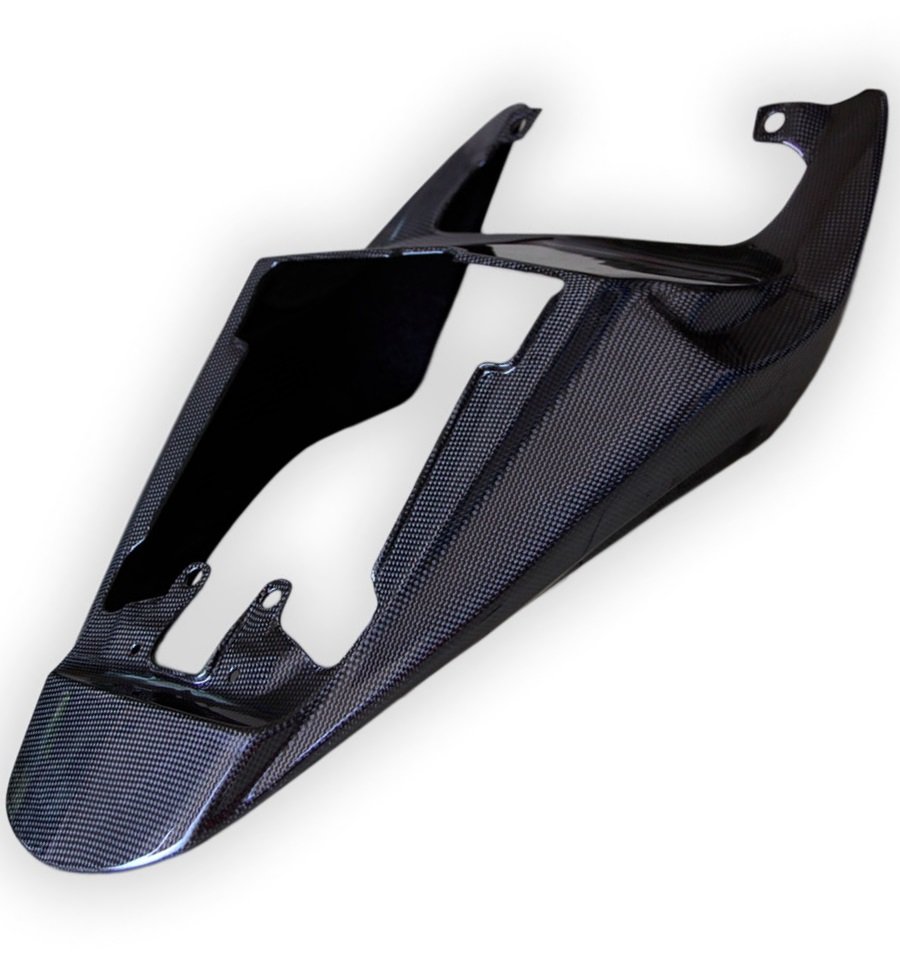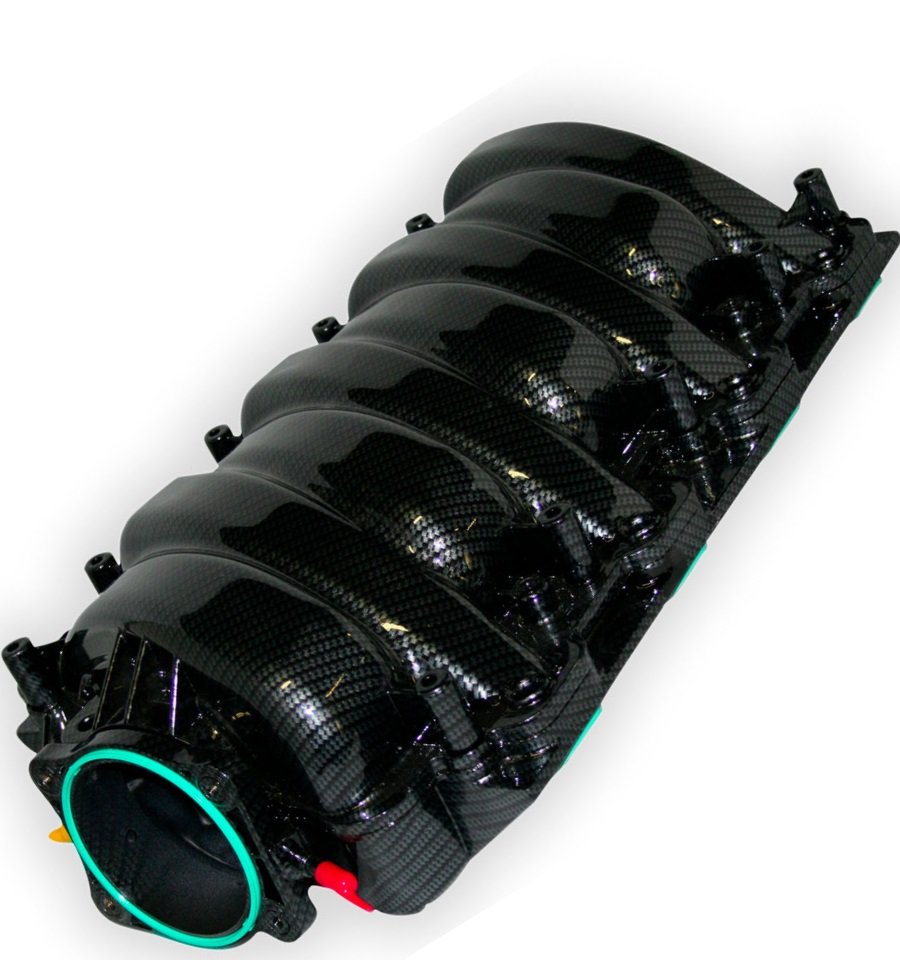Carbon lamination
- Home
- Rapid Prototyping
- Carbon lamination
Carbon fiber prototypes
3D printing of carbon components
In addition to the ability to make carbon fiber-loaded nylon prototypes from 3D printing, thehe Prototypes technology allows us to mold real carbon fiber objects that are detailed and have excellent technical characteristics.
The parts are made by shaping carbon fibers in two ways:
- On an object that serves as a positive dummy;
- In negative mold template.
Carbon fiber lamination
Prototypes from carbon lamination
This is a manufacturing process in which thin layers of carbon fiber fabric are impregnated with epoxy resin, compressed and heated in molds to create lightweight and strong components. The process creates a high-strength laminated structure with superior mechanical properties due to the characteristic properties of carbon fiber.
Carbon components made by lamination find use in industries such as aerospace and automotive.
Carbon fiber modeling
For carbon components and parts
In prototyping, combining the material with the processing technique is one of the most complex operations. Running a prototype almost always requires evaluations, so engineers are given the average characteristics of materials obtained by prototype construction. These characteristics can be useful in developing a technical and functional response.
Whichever modeling process is chosen, our goal is to transfer the typical characteristics of the material used to the prototype, for a finished product that is durable and versatile, and distinguished by an excellent ridigity-to-weight ratio.
Prototypes modeling processes
It makes it quick and easy to build prototypes whose dummy can be obtained from a 3D file, printed using rapid prototyping techniques with specific autoclave firing cycle. With this solution, carbon prototypes of exceptional shape complexity can be brought to life in about 7-8 working days.
This technique requires breaking down the shape of the object into two separately laminated half-skins and then assembled (with the exception of single-skin objects, one side of which is not particularly relevant in finish and detail, such as motorcycle fairings). The need to build the mold or template, raises the time and cost of construction, however it offers the best manufacturing quality and fiber compactness, as the autoclave firing cycle is the ideal one.
This solution is ideal for making small runs on which to optimize the investment in the template or mold.
Benefits
- Excellent weight-to-strength ratio
- Low density
- Ideal for components with complex geometry
-
Grids
-
Cappellotti
-
Knobs
-
Burners
-
Wok Supports
-
Bathtubs
-
Distributors
-
Shut-off valves
-
Control valves
-
Pump body
-
Carrier lantern
-
Mouthpieces
-
Valves
-
Shredders
-
Open Impellers
-
Closed Impellers
-
Single-channel impellers
-
Speakers
-
Circulators
-
Supports
-
Engine shields
-
Inverter boxes
-
Carcasses
-
Finned masses
-
Streetlights
-
Racing Components
-
Aluminum frames
-
Engine cylinders
-
Motor heads
-
Brake calipers
-
Clutch Crankcase
-
Engine crankcase
-
Gearboxes
-
Frame elements
-
Forks


